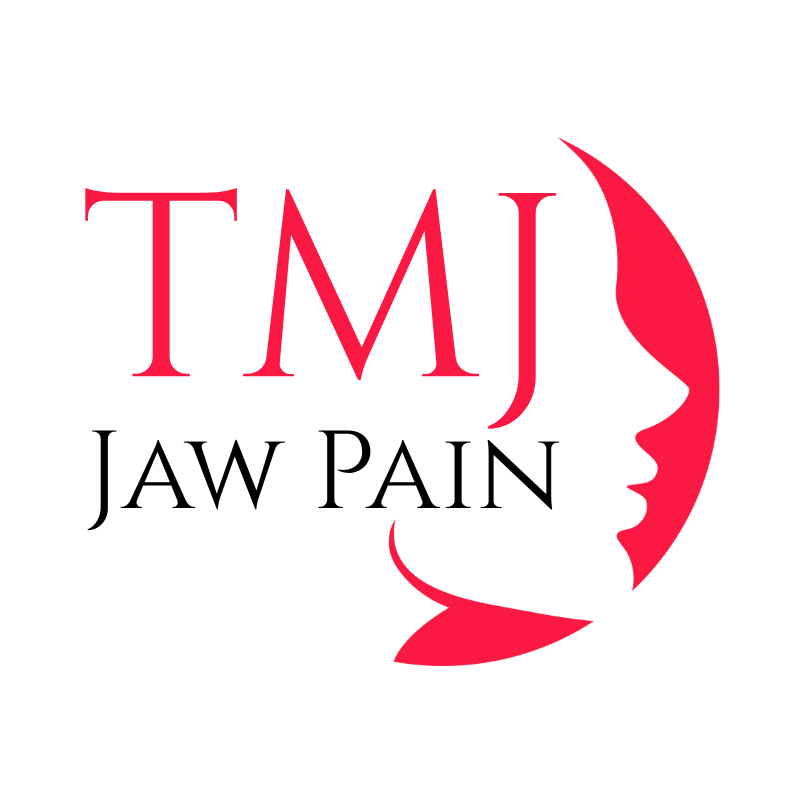TMJ 101: Your Essential Guide to Jaw Pain
Welcome to TMJ 101, where we break down everything you need to know about temporomandibular joint (TMJ) pain. Whether you’re Googling “jaw pain” or “TMJ discomfort,” you’ll find clear, concise answers—and the next steps toward relief.
What Is TMJ Pain?
Your temporomandibular joints are the hinges connecting your jawbone to your skull—one on each side of your face. When these joints or the surrounding muscles become inflamed, misaligned, or overworked, you experience TMJ pain. Commonly called jaw pain, this can range from mild stiffness to sharp, chronic aches that interfere with eating, speaking, and even sleeping.
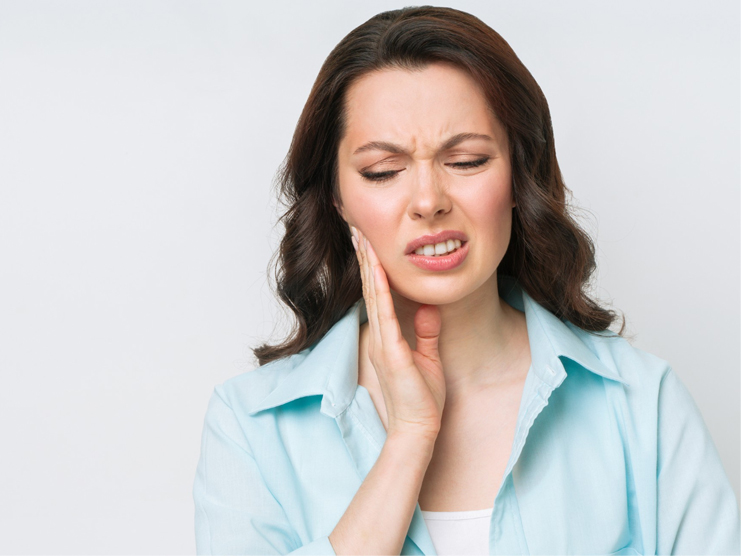
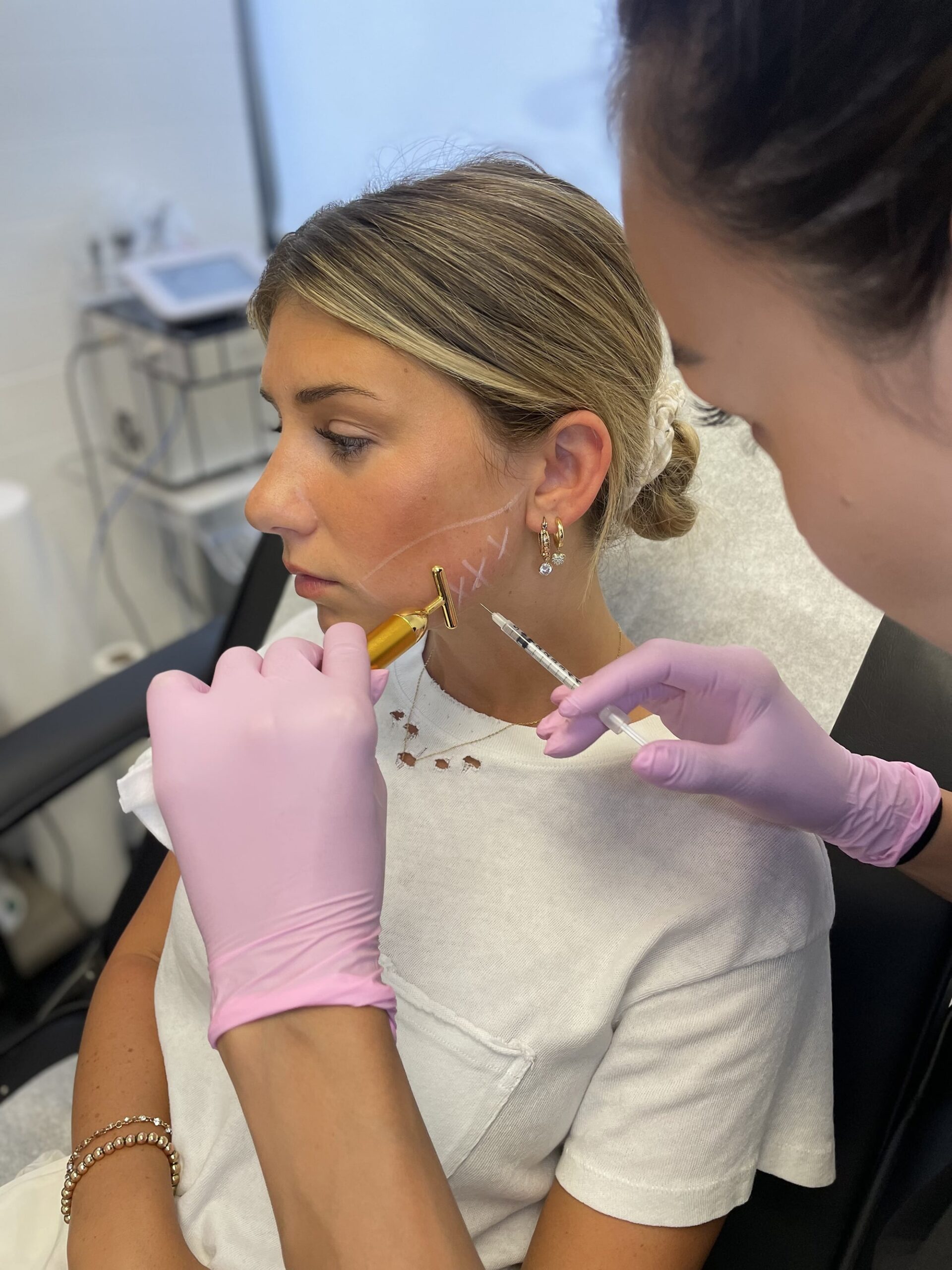
Causes & Risk Factors
Understanding why TMJ pain happens can help you prevent flare-ups and choose the right treatment:
- Bruxism (Teeth Grinding & Clenching)
Stress or misaligned teeth often lead to unconscious grinding at night, placing excessive strain on your jaw muscles. - Arthritis
Osteoarthritis or rheumatoid arthritis can erode the joint cartilage, causing pain and limited movement. - Jaw Injury or Trauma
A direct blow, whiplash, or repeated minor injuries (like aggressive chewing) can misalign your TMJ. - Poor Posture
Forward head posture (e.g., from screen use) can tighten neck and jaw muscles, increasing joint pressure. - Dental Misalignment
Uneven bite or poorly fitting restorations may force your jaw into awkward positions over time.
Recognizing the Symptoms
TMJ disorders can present in many ways. Look out for:
- Jaw Clicking, Popping, or Locking
Audible or tactile “snaps” when opening, closing, or moving your mouth. - Facial & Ear Pain
Aching around your temples, cheeks, or ears—sometimes mistaken for ear infections. - Headaches & Migraines
Tension in jaw muscles often radiates upward, triggering chronic headaches. - Difficulty Chewing or Yawning
Pain or discomfort when biting into food, speaking, or opening wide. - Stiffness & Limited Range of Motion
Reduced ability to fully open or close your mouth.
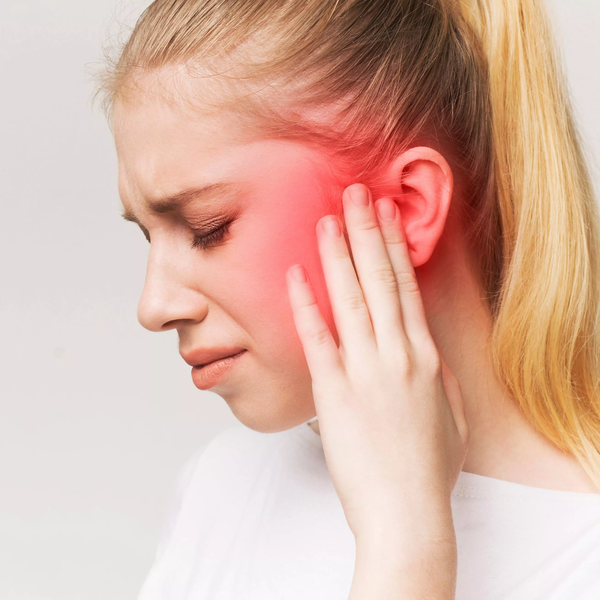
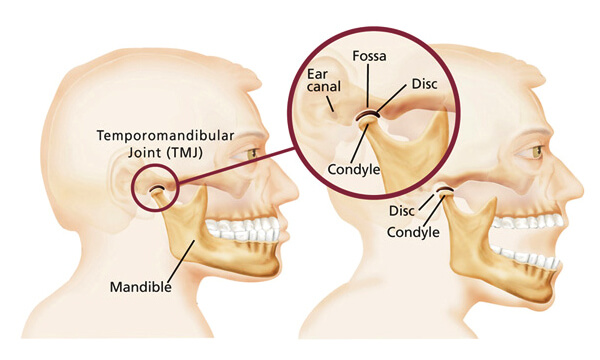
How Is TMJ Diagnosed?
- Medical History & Symptom Review
Your provider asks about pain patterns, sleep habits, and previous dental work. - Physical Examination
Palpation of jaw muscles and measurements of bite alignment and range of motion. - Imaging (if needed)
X-rays, CT scans, or MRIs to visualize joint structure and rule out arthritis or disc displacement.
Next Steps: Relief & Treatment Options
While TMJ pain sometimes resolves with rest, many adults find lasting relief through therapies like:
- Botox for TMJ (learn more on our Botox Treatment page)
- Occlusal Splints & Night Guards
- Physical Therapy & Jaw Exercises
- Oral Appliances & Medications
Ready to explore targeted relief? Find a certified TMJ Botox provider near you with our easy ZIP-code search—no more guessing, only results.
